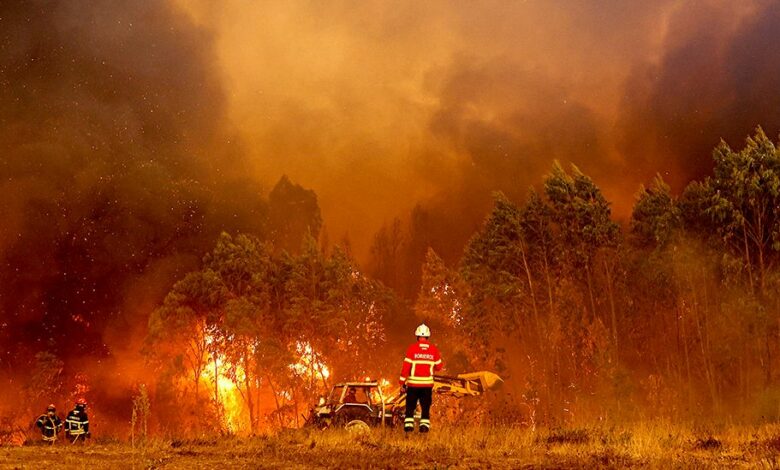Return of El Niño Raises Risk of Hunger, Drought, and Malaria, Scientists Warn

In recent years, the planet has been witnessing an alarming trend – the return of El Niño. Scientists around the world are sounding the alarm, emphasizing the urgent need for preparedness and adaptation strategies to mitigate the potentially devastating impacts of El Niño events.
El Niño is a complex climate phenomenon with far-reaching consequences. It occurs irregularly every few years when the normally cool waters of the eastern Pacific Ocean warm, causing shifts in atmospheric and oceanic circulation patterns. These shifts lead to extreme weather events across the globe, impacting both marine and terrestrial ecosystems.
One of the most immediate impacts of El Niño is the disruption of rainfall patterns, often resulting in severe droughts or excessive rainfall in various regions. These extreme weather conditions can severely impact agriculture and food production. Droughts can lead to crop failures, reduced livestock yields, and increased food prices. Conversely, heavy rainfall can cause soil erosion, landslides, and flooding, further damaging crops and infrastructure.
The return of El Niño can also exacerbate the spread of vector-borne diseases like malaria.






